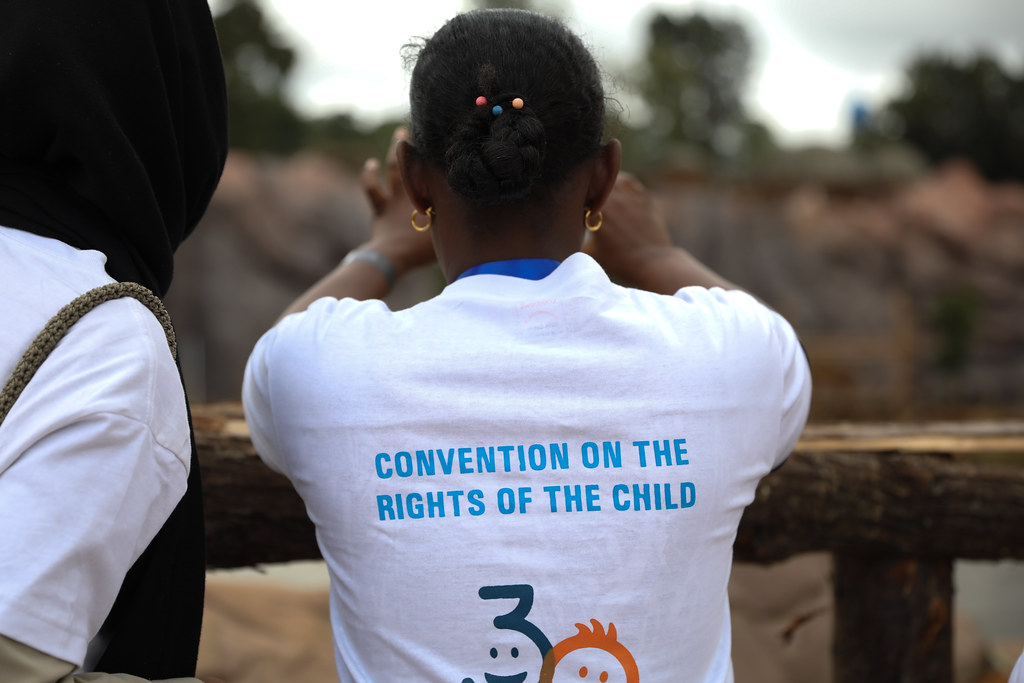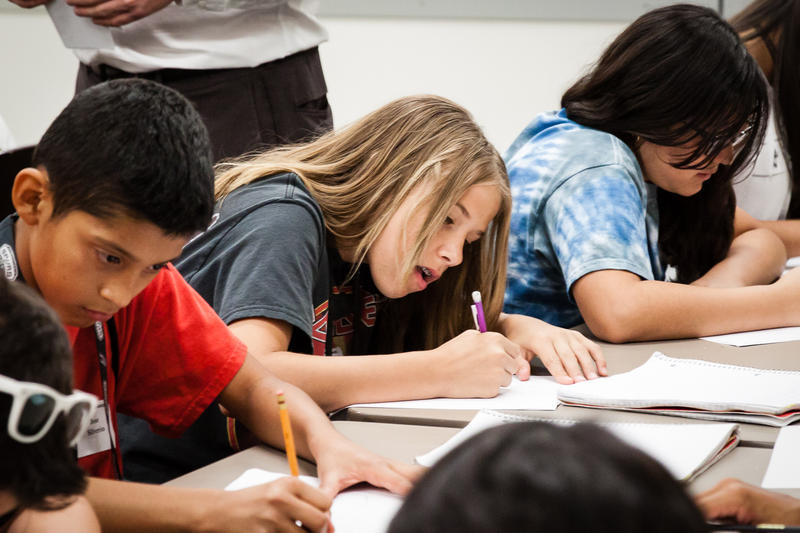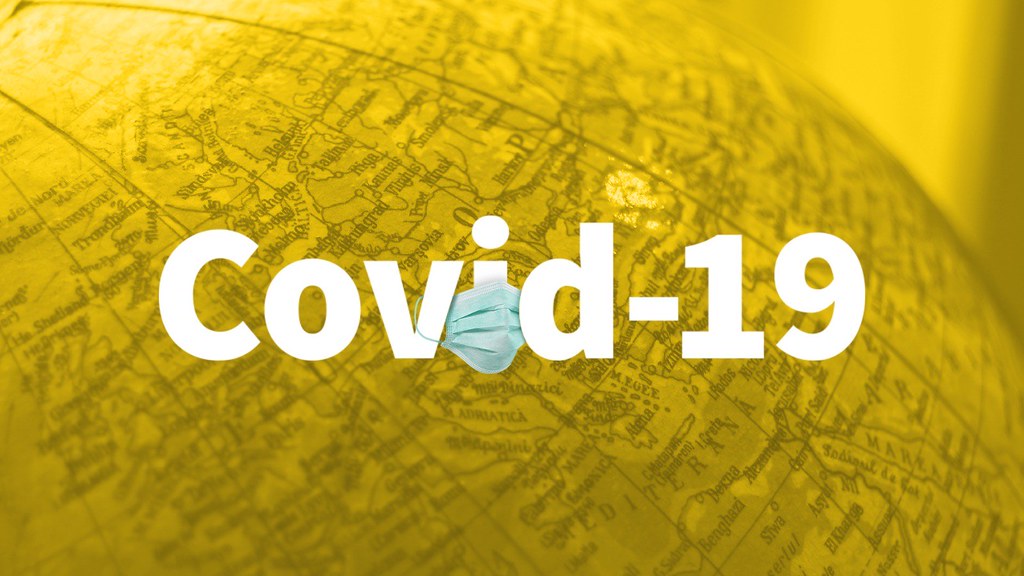What is Article 28?
Article 28 states that as a child, you have a right to get a good quality education. It also states that you have the right to take your education as far as you want to go, whether it is finishing high school or university.

Article 28 states that as a child, you have a right to get a good quality education. It also states that you have the right to take your education as far as you want to go, whether it is finishing high school or university.

Article 28 was first introduced by the United Nations (UN) as part of the Conventions on the Rights of the Child. It has been in action since 1990.

Article 28 is important as it acts as a reminder to everyone (especially adults) that you, as a child, have rights to education, no matter what they may say. It also reminds governments to ensure that schools and parents act upon it.

Education is important because it allows you to go places in life. It can open a world of opportunities that you may not get without education.

Literacy Rates is the percentage (amount) of the people who can or can't read in the world. Literate means that you can read or write. Illiterate means that you can not read or write.

Educations levels are the different stages of education. These are primary, secondary (high school) and tertiary (like university). Tertiary education is also known as higher education.

Gender is a big issue in terms of education. For the most part, there is a gap between male and female education, from gaining it to literacy rates. There are many reasons for this but main ones can be culture, religion, lack of accessibility or the need to keep tradition.
Covid-19 hit 2020 hard and has affected education all over the world. From figuring out how to do online school, to going back to physical school, it changed how the world has done education.

- Unicef is the UN branch that focuses on providing aid to children worldwide.
- UNESCO is the branch of the UN that focuses on education, science, and culture around the world.
- The Childrens Commissioner is the New Zealand head office for anything child related, from rights to safety.
